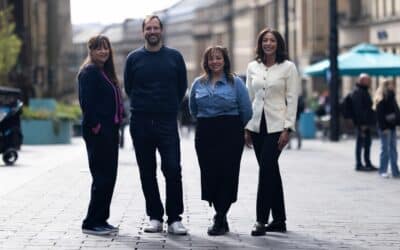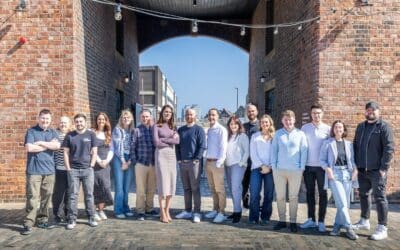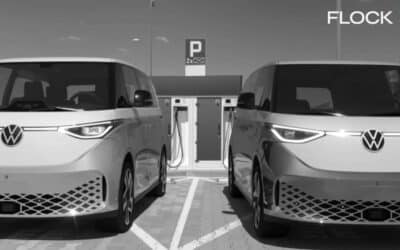Sony has published a white paper examining some of the key sustainability challenges to the live production sector.
The group, which aims to become carbon neutral by 2040, admitted that live production was “not moving as quickly” as broadcast, but that more could be done.
“Beset by unique challenges particular to each production set, and a reliance on transport (one of Europe’s biggest polluters) for its operations, live production is not yet living up to its sustainability potential,” explained Norbert Paquet, Head of Live Production Solutions, Sony Professional Solutions Europe,
“A complete overhaul is risky and expensive, but there are solutions.”
The report points to a “persisting view”that live production can’t prioritise ESG (environmental, social, and corporate governance) commitments without comprising output, or potentially putting it at risk.
“OB trucks, often weighing upwards of 40 tonnes, are the answer to large and heavy equipment travelling long distances by road, and the potential culprit for the bulk of a production’s emissions,” reads the report.
“Whilst these cannot simply be removed from the process, streamlining and ensuring only necessary kit and staff is on board can help with reductions in not just emissions but overall cost. How much can be saved within each production is still dependent on the requirements of it, but the potential is significant. The bigger the show, a recording at a stadium for example, the more equipment is currently being used and the greater amount of carbon could be saved by streamlining solutions.”
It also highlights the issue of power:
“Live production is mission-critical; without reliability in a site’s power infrastructure and network, it’s not fit for purpose. This introduces backups waiting in reserve to avoid worst case scenarios, but this energy is often underutilised. Uncertainty can also come from location: from region to region, power supplies differ – some filming locations might rely on a fossil-fuel powered generator, whilst others may be set up with more sustainable power sources.”
The White paper states that companies could adopt a “modular” approach to sustainability, with each production and each operator being “empowered” to embrace sustainable solutions.
“Until now, live production has been defined by preparation for the most complex set ups, while in reality utilising and needing a fraction of those resources.
“By nature of this thought process, elasticity has not been a key design philosophy, and systems are built with only the most difficult scenario in mind. The result is overprovision, where OB trucks built to broadcast the Champions League final are also used for filming five-a-sides.
“Breaking a live production process down into modules can be time consuming in the short term but will provide operational benefit in the long term. Embracing modularity means that parts of the production process for which there are sustainable solutions can be changed, rather than should be.”
It added that while parts of a production may still have a high carbon footprint, adopting a “modular strategy” could offer operators the opportunity to minimise resources and reduce waste and carbon emissions from travel, as well as cut down on over-provision and the costs associated with it.
“Live productions deliver some of the greatest events on earth to millions, but it will be the collective effort of the individual businesses within the industry that will move the dial on sustainability,” continued Paquet.
“Bodies such as the European Parliament are increasingly driving legislative change, requiring more detailed requirements and improved accessibility for corporate sustainability reporting, in a bid to drive forward corporate action on climate. Meeting robust sustainability credentials, live production companies will not just ensure the future success of their business, but the future of the planet.”
Another key driver to helping the sector is an ability to quantify the environmental footprint. This would enable companies to accurately work out their carbon impact and justify the disruption and cost of moving to new systems and processes.












